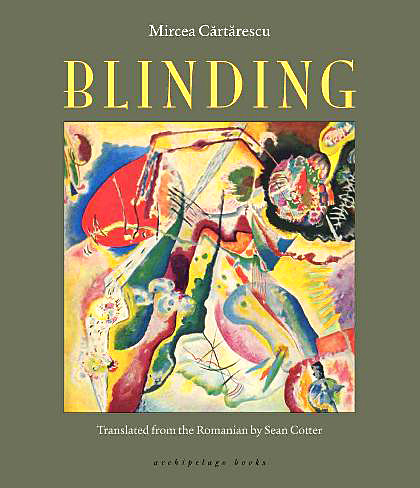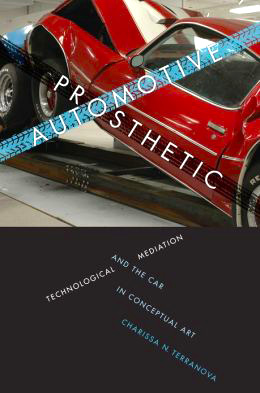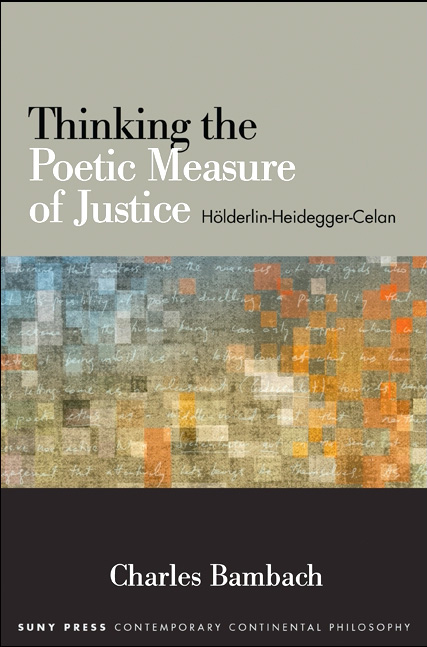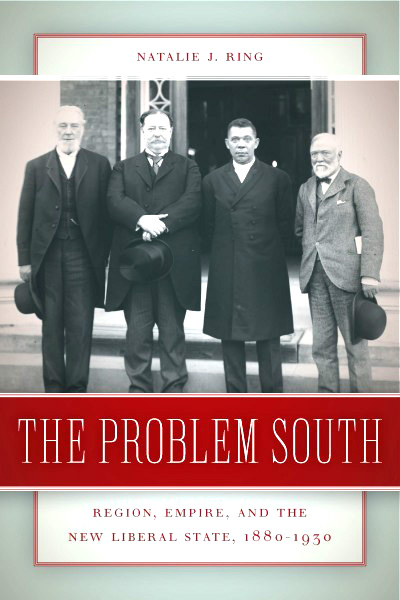From a translation of a sprawling, 464-page Romanian novel to a study on the automobile as conceptual art, faculty from the School of Arts and Humanities have recently produced research on a wide range of topics.
Translation of ‘Blinding’

Dr. Sean Cotter has translated Blinding, a novel written by Romanian author Mircea Cartarescu.
Dr. Sean Cotter, associate professor of translation studies and literature, has translated Blinding (Archipelago Books), a novel written by Romanian author Mircea Cartarescu. The book is part “dream-memoir, part fictive journey through a hallucinatory Bucharest.” A bestseller in its home country, Blinding takes the reader on a “mystical trip into the protagonist’s childhood, his memories of hospitalization as a teenager, the prehistory of his family, a traveling circus, secret police, zombie armies, American fighter pilots, the underground jazz scene of New Orleans, and the installation of the communist regime.”
“A trilogy spanning more than 1,300 pages, Blinding is the most significant creation of contemporary Romanian prose, as much for its wide readership as its brilliant vision,” Cotter said. “A translation of the novel offers readers the opportunity to not just read about the Romanian text, but in a literal sense, to live through it.”
Blinding has been widely reviewed by the likes of the Los Angeles Review of Books, The Dallas Morning News, and the Star Tribune.
Last year, Cotter won the 2013 Best Translated Book Award in poetry given by Three Percent, the international literature magazine of the University of Rochester, for his translation of Wheel With a Single Spoke and Other Poems by one of Romania’s most influential poets, Nichita Stanescu.
‘Automotive Prosthetic’

Automotive Prosthetic by Dr. Charissa Terranova
Automotive Prosthetic: Technological Mediation and the Car in Conceptual Art (University of Texas Press), written by Dr. Charissa Terranova, assistant professor of aesthetic studies, combines critical and new media theory to form the first philosophical analysis of the car within works of conceptual art.
The study illuminates the ways in which the automobile becomes a naturalized extension of the human body, creating new forms of “conceptual car art.”
“The automobile functions as an apparatus — a prosthetic connected to the body and systems of infrastructure — through which to see and experience the world, both in motion on the highway and as a citizen interconnected to other citizens of the world. Here the car is fathomless. It is a mode of communication roving through a system of roads and within, as we will find, the culture of conceptual art,” Terranova wrote.
‘Thinking the Poetic Measure of Justice’

Thinking the Poetic Measure of Justice by Dr. Charles Bambach
Philosophy professor Dr. Charles Bambach has written a new book that examines the work of two philosophical poets who stand in conversation with the work of the German philosopher Martin Heidegger.
Thinking the Poetic Measure of Justice (SUNY Press) engages the works of two philosophical poets — Friedrich Hölderlin and Paul Celan — to rethink the question of justice in a nonlegal, nonmoral register by understanding it in terms of poetic measure.
“I try to offer close textual readings of poems from each that I see as defining and expressing some of the crucial problems of German philosophical thought in the 20th century,” Bambach wrote in the introduction of his book.
Bambach is also the author of Heidegger’s Roots: Nietzsche, National Socialism, and the Greeks and Heidegger, Dilthey, and the Crisis of Historicism.
‘Contested Empire’
With support from a National Endowment for the Humanities (NEH) summer stipend, Dr. Eric Schlereth recently completed archival research at several Texas institutions. Drawing from his research, he wrote and submitted an essay for publication that is forthcoming in the anthology Contested Empire: Rethinking the Texas Revolution (Texas A&M University Press).

Dr. Eric Schlereth
Schlereth said the most exciting part of his research happened during a stay at the Dolph Briscoe Center for American History at UT Austin. The Briscoe Center owns the diaries and correspondence of many Americans who took advantage of Mexico’s colonization laws to become Mexican citizens during the 1820s and early 1830s.
“These first-hand accounts provide a window into a moment in the history of the U.S.-Mexico border when Mexico had to deal with immigrants from the United States,” said Schlereth. “Perhaps the single most fascinating document that I found at the Briscoe Center was a passport issued in 1833 to a U.S. citizen. Incidentally, this passport is a large document considering its purpose. The original is 13 inches wide and 8 inches tall, and I find this nearly as interesting as the document’s content.”
The passport captures central themes in Schlereth’s current book project, Quitting the Nation: Expatriation and the Right to Leave the United States, 1776-1868.
“This passport highlights a period when U.S. citizens crossed international borders to join foreign nations or considered doing so as an expression of their rights. This history is important because it helps us reconsider assumptions that U.S. citizens in the early 1800s were confident in their political loyalties and in the future prospects of the United States,” Schlereth said.
According to the NEH, 920 people competed for 78 awards in 2013. Schlereth was one of three NEH stipend recipients in Texas.
‘The Problem South’

The Problem South: Region, Empire, and the New Liberal State, 1880-1930 by Dr. Natalie Ring
Associate professor of history Dr. Natalie Ring’s book The Problem South: Region, Empire, and the New Liberal State, 1880-1930 (University of Georgia Press), has garnered a string of recognitions. Ring was named a finalist for the Best First Book Prize by Berkshire Conference of Women Historians, and she was also named one of three finalists by the Texas Institute of Letters for the Most Significant Scholarly Book Award.
Ring’s book focuses on the “New South” and the period when Northern philanthropies, Southern liberals and the federal experts targeted the South for what they described as “readjustment” or “uplift.”
“The Problem South posits that the effort to reincorporate the New South into the nation was as much a process of rehabilitation and reform as one of political and cultural reunion,” Ring said. Her book is one of the first to examine this endeavor in a global context at the height of U.S. imperialism.
Ring is also the co-editor of The Folly of Jim Crow: Rethinking the Segregated South (Texas A&M University Press) a collection of essays based on the annual Walter Prescott Memorial Webb lectures held at the University of Texas at Arlington.